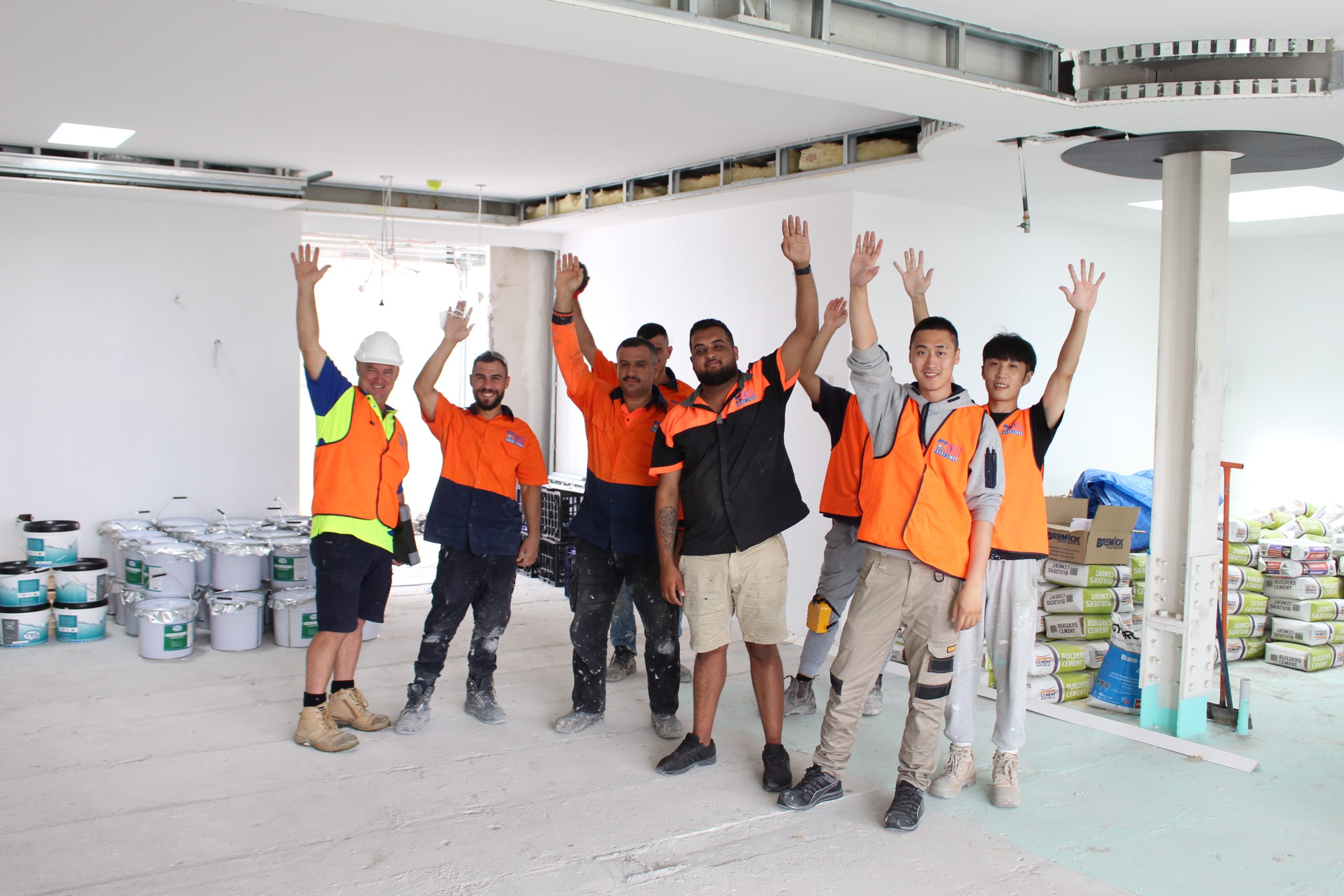Air duct cleaning is an important routine maintenance activity that homeowners and building managers should be aware of. This will help their HVAC systems run more efficiently and preserve the quality of the air inside. Allergens and even mould can accumulate in air ducts over time. It may have an impact on residents’ health as well as reduce the effectiveness of heating and cooling systems. Developing an appropriate strategy for air duct cleaning is a significant factor for successful and durable cleaning.
Here are some key strategies to consider:
Preparation and Inspection:
Before you clean the air ducts, carefully inspect them for any traces of damage, leaks or mould growth. Through this, the issues mentioned above will be eliminated beforehand. Thus, the cleaning process would not be affected by any further contamination. In addition to this, deactivate the HVAC system to stop the movements of airborne dust and other particles during cleaning.
Use of Proper Equipment:
Invest in costly equipment aimed at cleaning the air duct, including brushes. You can also use a vacuum cleaner and gas compressor. See that the gear is properly sized. It should be compatible with the size and system architecture of the ductwork for optimal performance. Lastly, a HEPA (High-Efficiency Particulate Air) filter should be employed. It surrounds and catches very fine particles so that it can keep them from entering the air again.
Mechanical Brushing and Agitation:
For workout spaces, mechanical brushing and agitation are the best of this activity. However, a consistent method for the removal of the persistent wastage and buildup from the surface air ducts. Apply a brush spinning rotationally or a whip whirly to clean the walls, back and forward.
Negative Air Pressure Method:
The negative air pressure method integrates the creation of suction on one end of the duct system. It simultaneously dislodges the filth using agitation tools at the other end. This technique helps filter out airborne particles that cannot be cleaned and reused, such as dandruff and dust. It is a very good and successful method for intensive cleaning.
Encapsulation of Mold and Mildew:
The health of the air ducts shouldn’t be neglected if mould or fungi are present. They should be treated accordingly if they are present. Once this area is cleaned, you can then use an encapsulant that is formulated to both seal and inhibit mould and mildew growth. It will stop the occurrence of mould. Hence, it improves the quality of the air inside. This will also stop indoor air from contamination.
Sanitization and Deodorization:
Following air duct cleaning, sanitize and deodorize them to finish the process and remove any left odours and bacteria alone. Use EPA-approved microbicides and neutralizers for thorough elimination of dangerous microbes as well as full removal of bad odours. This process will end you with air ducts that deter harmful pollutants and are odour-free and fresh smelling.
Summing it up:
The implementation of useful approaches during air duct cleaning is vital because they will produce the required results. Following proper preparation techniques and using the right equipment will get you the results. You can employ mechanical brushing and agitation methods. Try to take advantage of negative air pressure and address mould and mildew. Think of sanitizing and deodorizing and sealing and insulating. Lastly, maintain a regular maintenance schedule with United Trade Links to ensure that your air ducts remain clean and free of contaminants for years to come.





